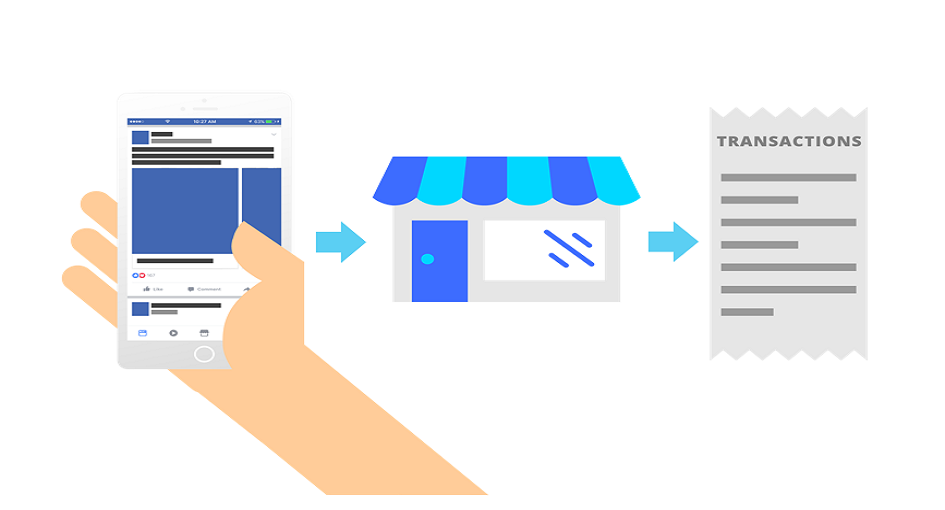
Google Ads is a powerful tool for driving online conversions, but what about the numerous customers who make offline purchases after interacting with your online ads? Tracking offline conversions is a vital aspect of a comprehensive marketing strategy, especially for businesses with physical locations or those offering services that require in-person visits. Explore the techniques and tools that allow you to leverage Google Ads to track conversions effectively, bridging the gap between your online advertising efforts and in-store or offline sales.
Before delving into tracking methods, it’s crucial to understand what conversions are. An offline conversion occurs when a customer interacts with your online ad but completes the desired action in the physical world. This can include in-store purchases, phone calls, or appointments scheduled at your physical location.
Google offers a powerful feature called Store Visits tracking, which allows businesses with physical locations to measure the impact of their Google Ads campaigns on in-store visits. Google uses location data from users’ devices to estimate the number of store visits generated by your ads. To use this feature, you’ll need to meet certain criteria, including a significant number of physical store visits and a verified Google My Business listing.
For businesses that rely on phone calls for conversions, call tracking is essential. Google Ads provides call-tracking features that assign unique phone numbers to your ads. When a customer calls the provided number, you can track the call as a conversion. This provides valuable insights into which ads and keywords are driving phone leads.
To facilitate online-to-and not online conversions, provide customers with incentives to visit your physical location. This can be achieved through special promotions, discounts, or exclusive in-store events advertised in your Google Ads campaigns. By tracking the success of these promotions, you can measure the impact of your online ads on offline foot traffic.
Develop custom landing pages for your Google Ads campaigns that specifically target online users who intend to visit your physical location. These pages can provide location-specific information, store hours, and directions. By tracking conversions on these pages, you can gauge the effectiveness of your online-to-offline efforts.
If you provide coupons or discount codes in your online ads, monitor the usage of these codes in-store. Require customers to present the coupon or code during their in-person visit to redeem the offer. Tracking the redemption of these codes provides insight into how online ads lead to conversions.
Google Analytics can be a valuable tool for tracking conversions. Implement offline conversion tracking in Google Analytics by importing data from your offline sales system. This enables you to connect online user interactions with offline sales data, giving you a comprehensive view of the customer journey.
QR codes can serve as a bridge between online and offline experiences. Create QR codes in your online ads that, when scanned by customers, provide access to exclusive offers, product information, or loyalty programs available in-store. By tracking the usage of these QR codes, you can measure conversions.
Analyze foot traffic data from your physical locations. If you see spikes in foot traffic coinciding with specific Google Ads campaigns or promotions, it’s a strong indicator of successful online-to-not in connection conversions. Regularly review this data to adjust your ad strategy accordingly.
Gather feedback from your customers through surveys or feedback forms. Ask customers how they learned about your business and whether they interacted with your online ads before visiting in person. This qualitative data can provide valuable insights into the role of online ads in driving conversions.
In conclusion, tracking offline conversions is essential for businesses seeking to measure the full impact of their Google Ads campaigns. By utilizing tools like Store Visit tracking, call tracking, custom landing pages, and QR codes, and by analyzing foot traffic data and customer feedback, you can bridge the gap between your online advertising efforts and in-store or offline sales. Understanding the online-to-offline customer journey enables you to optimize your Google Ads strategy and drive tangible results both online and in the physical world.